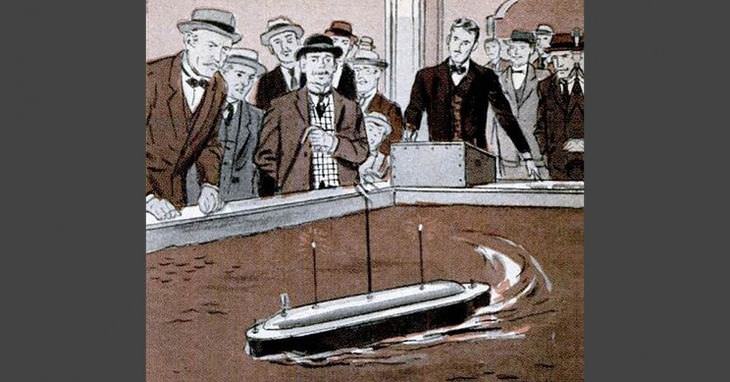 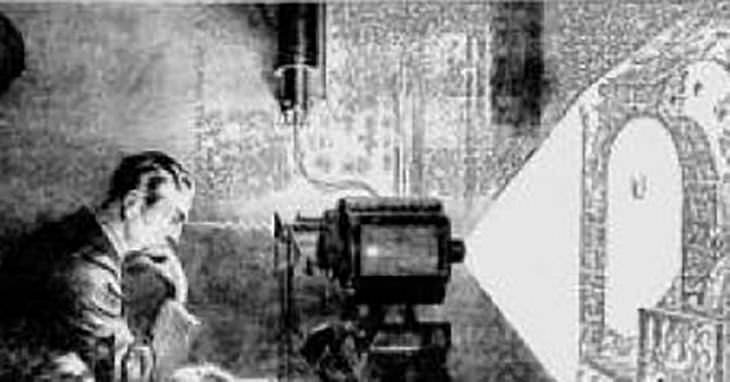 Source: Public Domain, via Disclose.tv One of Tesla's most outlandish ideas was that it would be possible to photograph one's thoughts. In 1933, he told reporters at the Kansas City Journal Post, "In 1893, while engaged in certain investigations, I became convinced that a definite image formed in thought, must by reflex action, produce a corresponding image on the retina, which might be read by a suitable apparatus. Now if it is true that a thought reflects an image on the retina, it is a mere question of illuminating the same property and taking photographs and then using the ordinary methods which are available to project the image on a screen. If this can be done successfully, then the objects imagined by a person would be clearly reflected on the screen as they are formed, and in this way, every thought of the individual could be read. Our minds would then, indeed, be like open books." Of course, this is not how thought processes work, but there is still much we don't know about the biological mechanism of human thought and consciousness. So, we cannot say for certain that Tesla wasn't on to something.. Perhaps technology will be able to produce something like this in the next 50 years. |
  Source: Public Domain, via Disclose.tv One of Tesla's most outlandish ideas was that it would be possible to photograph one's thoughts. In 1933, he told reporters at the Kansas City Journal Post, "In 1893, while engaged in certain investigations, I became convinced that a definite image formed in thought, must by reflex action, produce a corresponding image on the retina, which might be read by a suitable apparatus. Now if it is true that a thought reflects an image on the retina, it is a mere question of illuminating the same property and taking photographs and then using the ordinary methods which are available to project the image on a screen. If this can be done successfully, then the objects imagined by a person would be clearly reflected on the screen as they are formed, and in this way, every thought of the individual could be read. Our minds would then, indeed, be like open books." Of course, this is not how thought processes work, but there is still much we don't know about the biological mechanism of human thought and consciousness. So, we cannot say for certain that Tesla wasn't on to something.. Perhaps technology will be able to produce something like this in the next 50 years. |
  Source: Public Domain, via Disclose.tv One of Tesla's most outlandish ideas was that it would be possible to photograph one's thoughts. In 1933, he told reporters at the Kansas City Journal Post, "In 1893, while engaged in certain investigations, I became convinced that a definite image formed in thought, must by reflex action, produce a corresponding image on the retina, which might be read by a suitable apparatus. Now if it is true that a thought reflects an image on the retina, it is a mere question of illuminating the same property and taking photographs and then using the ordinary methods which are available to project the image on a screen. If this can be done successfully, then the objects imagined by a person would be clearly reflected on the screen as they are formed, and in this way, every thought of the individual could be read. Our minds would then, indeed, be like open books." Of course, this is not how thought processes work, but there is still much we don't know about the biological mechanism of human thought and consciousness. So, we cannot say for certain that Tesla wasn't on to something.. Perhaps technology will be able to produce something like this in the next 50 years. |
  Source: Public Domain, via Disclose.tv One of Tesla's most outlandish ideas was that it would be possible to photograph one's thoughts. In 1933, he told reporters at the Kansas City Journal Post, "In 1893, while engaged in certain investigations, I became convinced that a definite image formed in thought, must by reflex action, produce a corresponding image on the retina, which might be read by a suitable apparatus. Now if it is true that a thought reflects an image on the retina, it is a mere question of illuminating the same property and taking photographs and then using the ordinary methods which are available to project the image on a screen. If this can be done successfully, then the objects imagined by a person would be clearly reflected on the screen as they are formed, and in this way, every thought of the individual could be read. Our minds would then, indeed, be like open books." Of course, this is not how thought processes work, but there is still much we don't know about the biological mechanism of human thought and consciousness. So, we cannot say for certain that Tesla wasn't on to something.. Perhaps technology will be able to produce something like this in the next 50 years. |
--
You received this message because you are subscribed to the Google Groups "Keep_Mailing" group.
To unsubscribe from this group and stop receiving emails from it, send an email to
keep_mailing+unsubscribe@googlegroups.com.
To post to this group, send email to
keep_mailing@googlegroups.com.
Visit this group at
https://groups.google.com/group/keep_mailing.
To view this discussion on the web visit
https://groups.google.com/d/msgid/keep_mailing/CAH3M5Ov2ak78T%2Bs6zJCHMTmad0yBMnMuQSxtjR1m_iN%3DgMZWYQ%40mail.gmail.com.
For more options, visit
https://groups.google.com/d/optout.
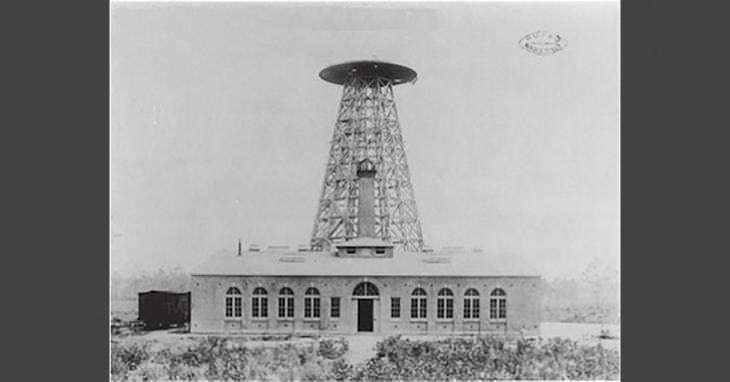
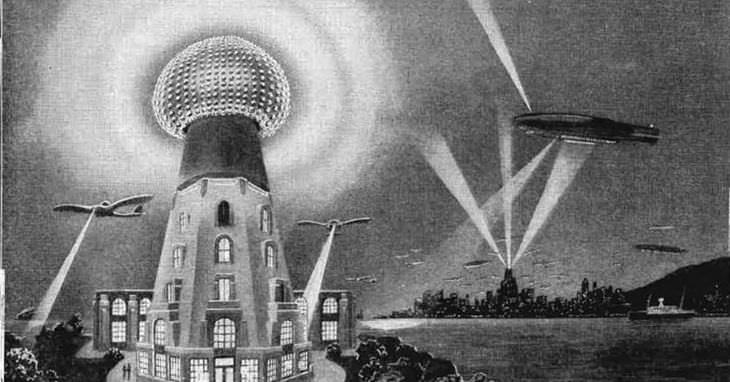


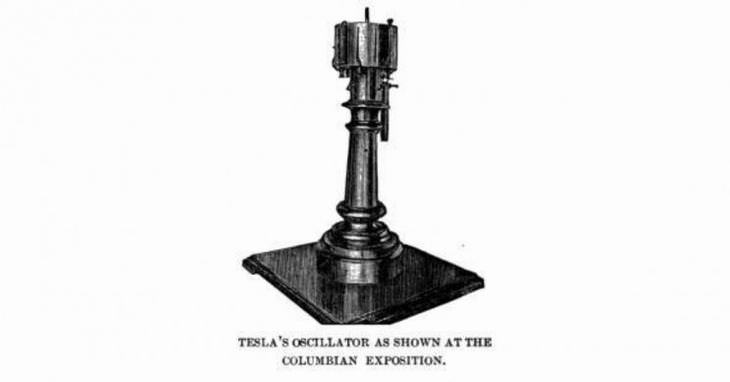

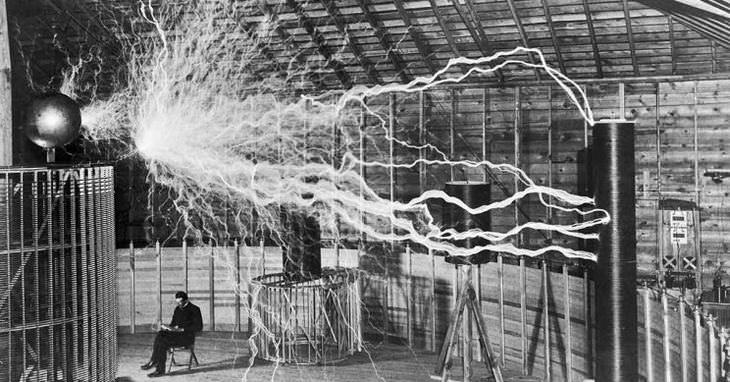
No comments:
Post a Comment